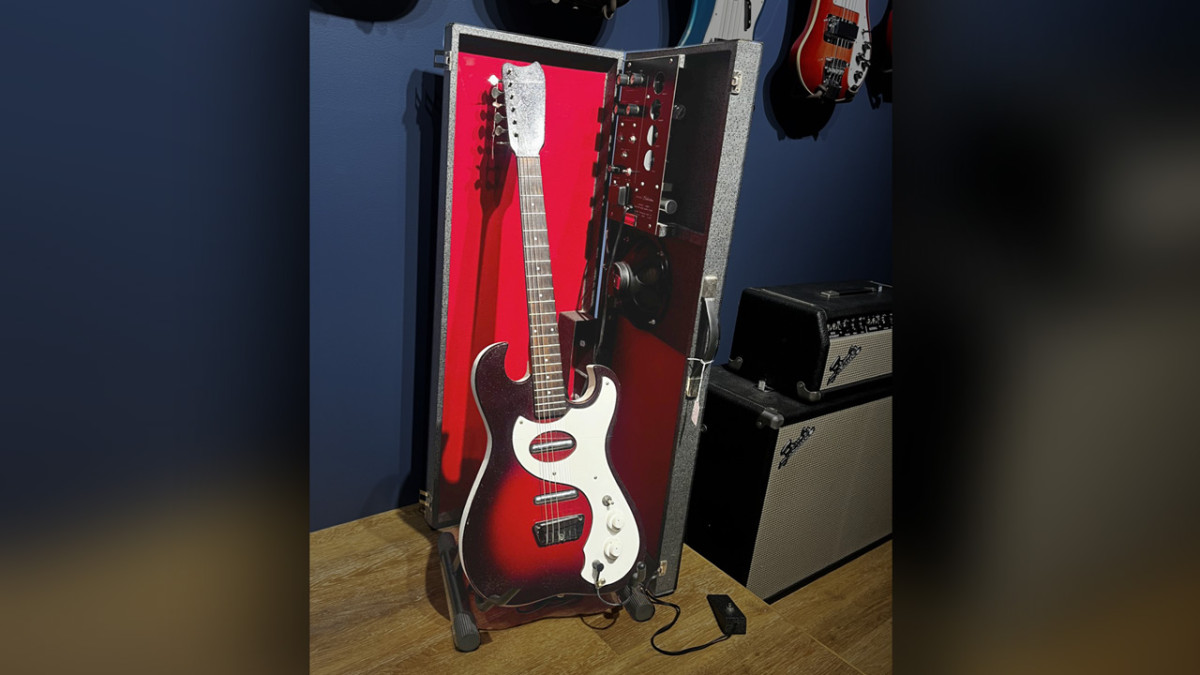
The Silvertone Amp-in Case Guitar
The 1960s were marked by moments of significant social, political, technological, and cultural change. One of the results of these movements was a change in consumerism, especially for the music industry. The Sears catalog became a pivotal resource for equalizing the consumer market for Americans in the twentieth century. By broadening consumer access through the catalog, people in rural communities could now be a part of the consumer market. It also was important regarding Jim Crow laws because now people of color could safely buy from the same stores as white Americans.
The counterculture movements of the 1960s also inspired new, bold, and loud musical movements such as blues, country, folk, and rockabilly music. Thus, the demand for electric guitars grew for the young generation. Joe Fisher, the musical instrument buyer for Sears at the time, recognized this demand and began to work with guitar suppliers such as Kay, Harmony, Valco, and Danelectro to manufacture affordable guitars for beginners. These manufacturers created and sold instruments through the Sears “Silvertone” in-house brand, which led to catalog guitars becoming the backbone of the US guitar industry.
Thus, the Silvertone Amp-in Case served as an all-in-one beginner package with a guitar and a case with a built-in amplifier. Its compact design also made it easy to transport and store. This Silvertone 1457 Amp-in Case features Danelectro’s iconic lipstick pickups, gain and tone controls, a 5-watt tube amp, an 8-inch speaker, and a footswitch for the tremolo effect. Ultimately, the iconic Silvertone Amp-in Case was more than just an electric guitar. It encompassed the multi-layered story of changing consumer demands, empowerment, affordability, and access in America.
This artifact is on display at the Museum of Making Music, on loan from John Maher.

